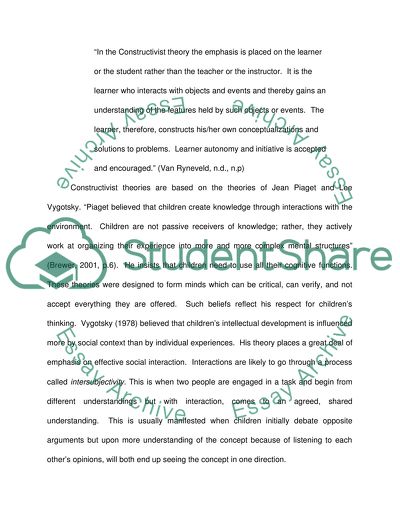Cite this document
(Coming to Terms With Constructivism in the Classroom Coursework, n.d.)
Coming to Terms With Constructivism in the Classroom Coursework. Retrieved from https://studentshare.org/psychology/1552737-psychology-for-teaching-scenario-analysis
Coming to Terms With Constructivism in the Classroom Coursework. Retrieved from https://studentshare.org/psychology/1552737-psychology-for-teaching-scenario-analysis
(Coming to Terms With Constructivism in the Classroom Coursework)
Coming to Terms With Constructivism in the Classroom Coursework. https://studentshare.org/psychology/1552737-psychology-for-teaching-scenario-analysis.
Coming to Terms With Constructivism in the Classroom Coursework. https://studentshare.org/psychology/1552737-psychology-for-teaching-scenario-analysis.
“Coming to Terms With Constructivism in the Classroom Coursework”, n.d. https://studentshare.org/psychology/1552737-psychology-for-teaching-scenario-analysis.


